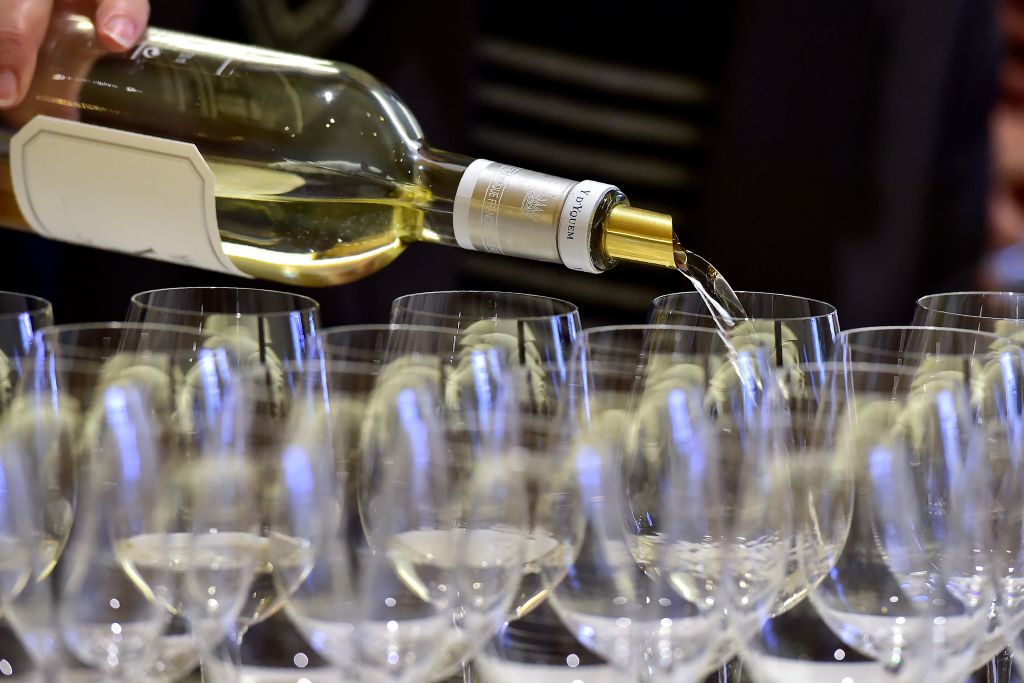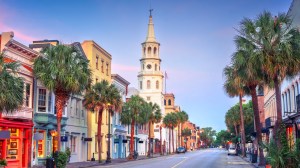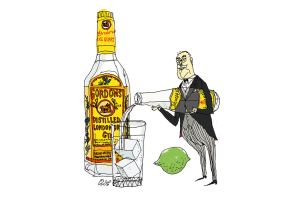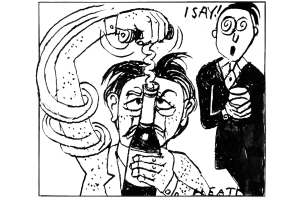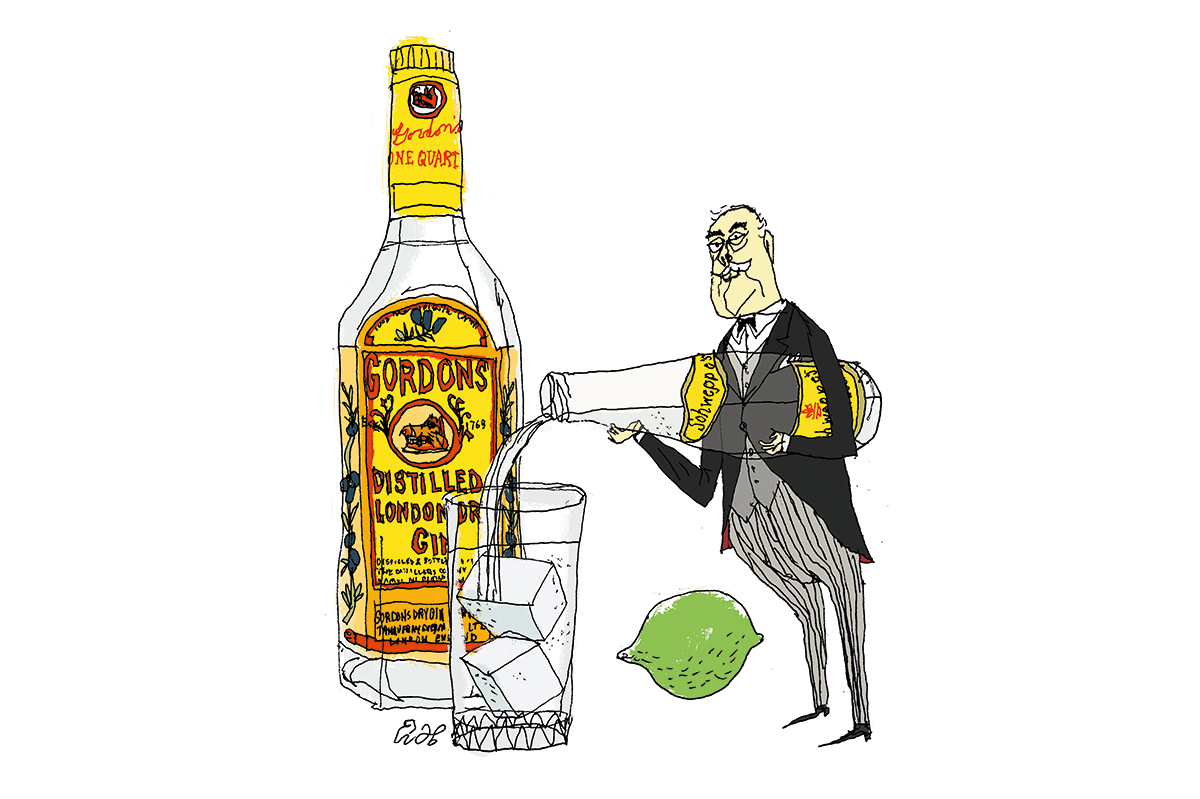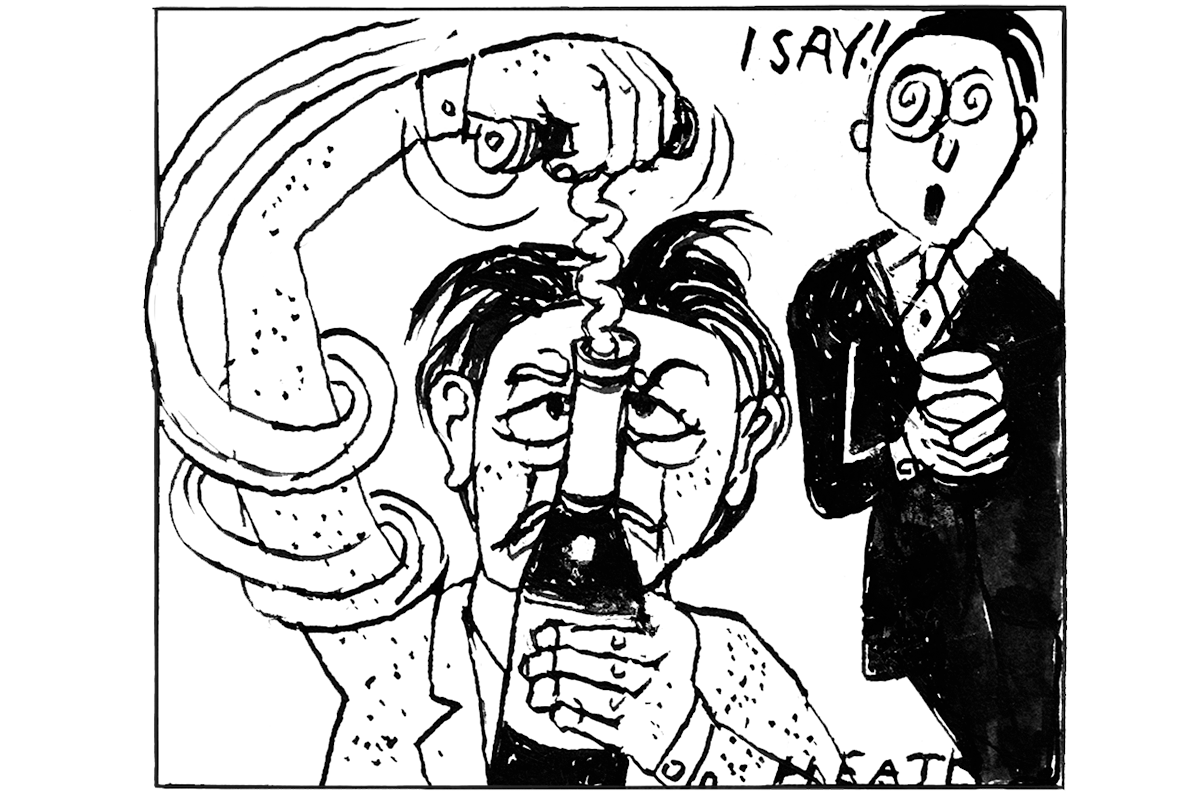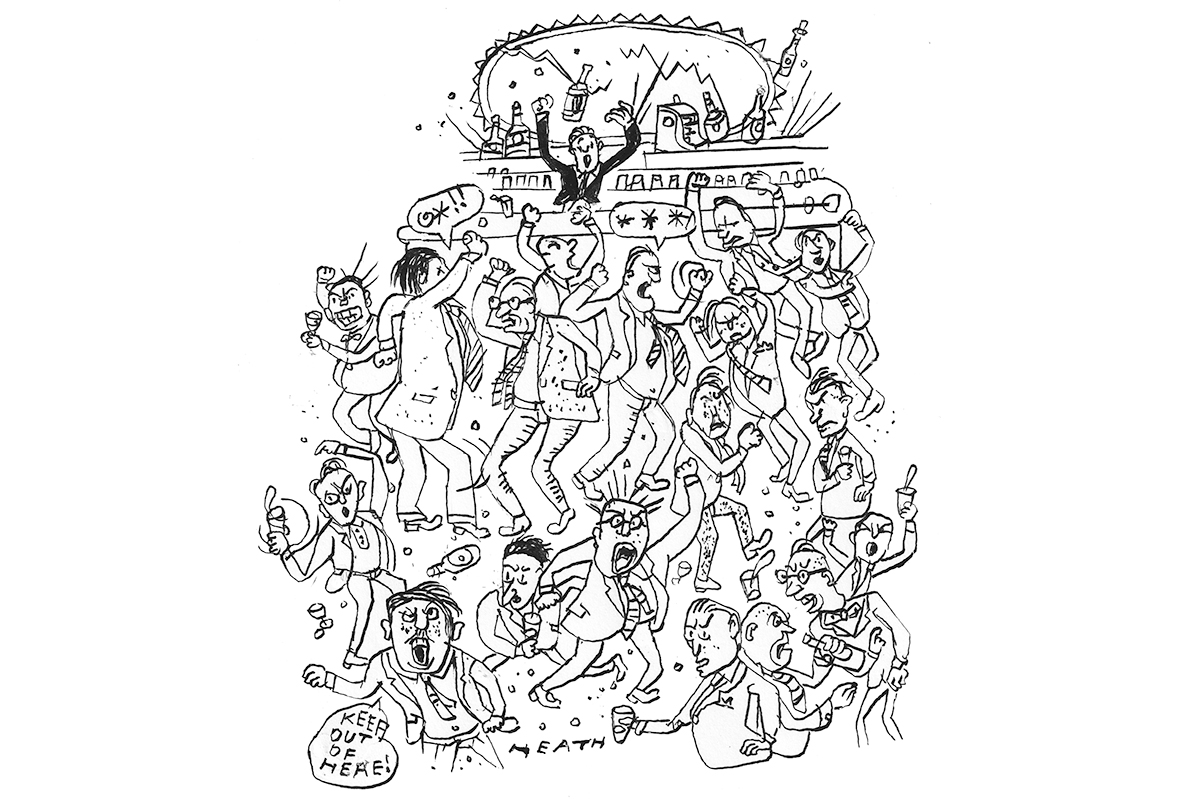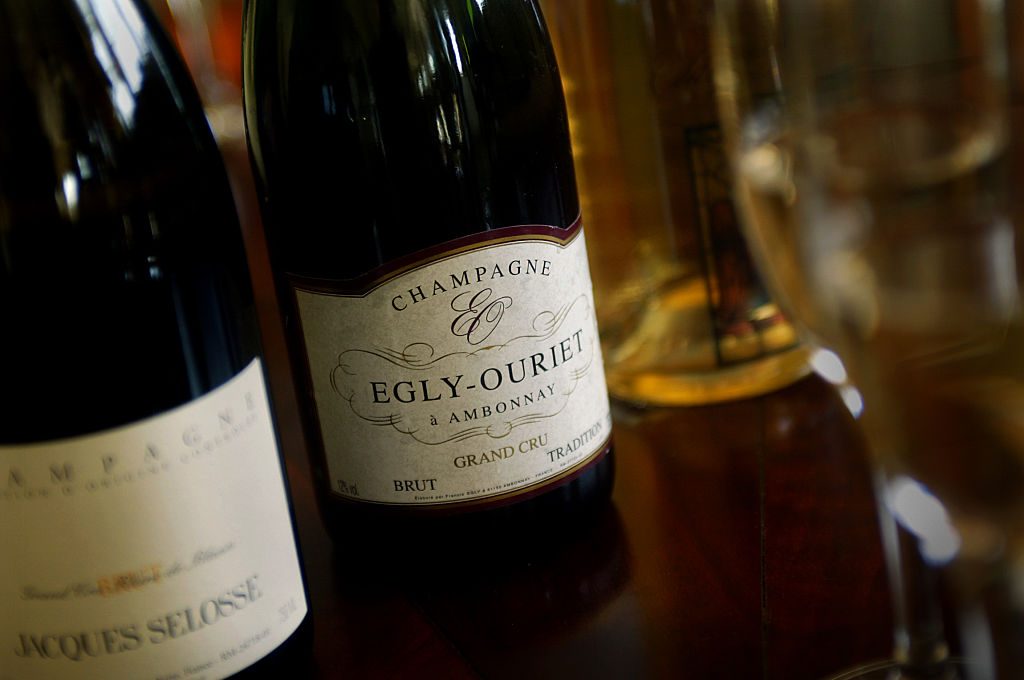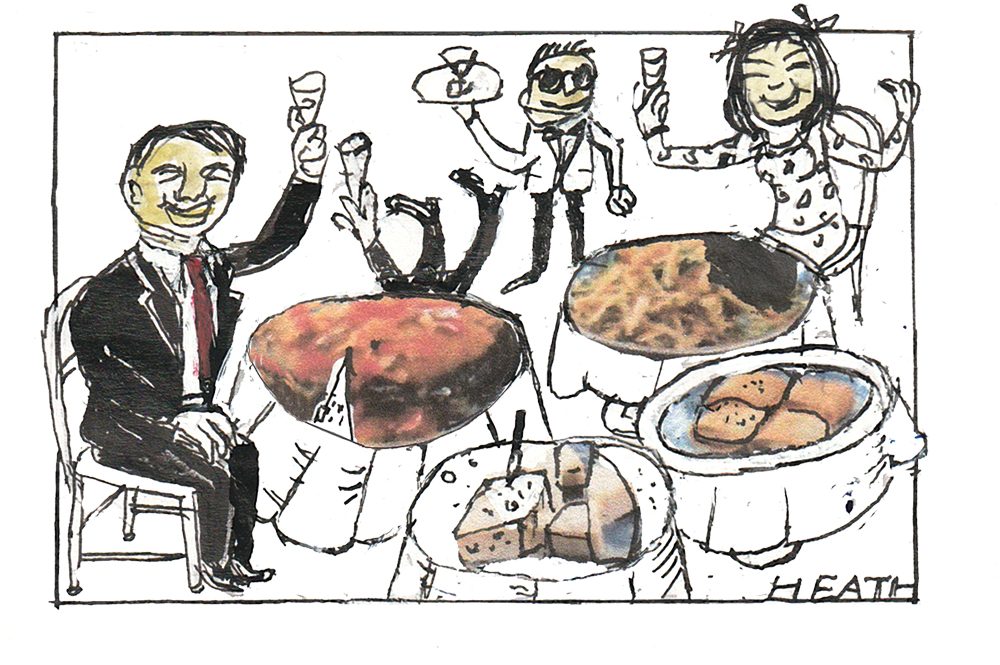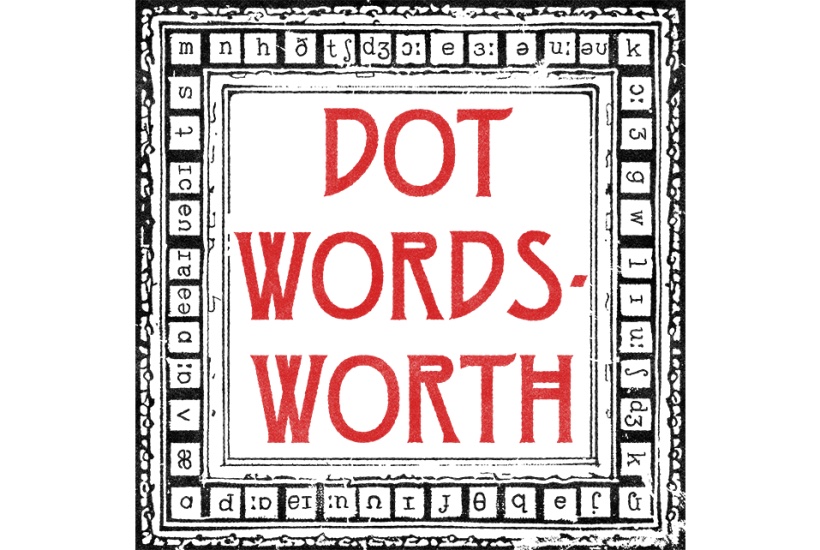It is my sense that the popularity of sweet wines like Sauternes, Port, Tokaji and all the German Auslese wines is on the upswing. I am here to tell you about the Next Big Thing: dry Sauternes.
Yes, that’s right: dry Sauternes.
The supersnazzy, superexpensive Château d’Yquem is the only Sauternes to boast the designation “Premier Cru Supérieur” from the 1855 classification of Bordeaux wines. That exclusive label — along with the probably apocryphal but oft-repeated story that Michel de Montaigne, born Michel Eyquem, had something to do with the property — helps account for its astronomical price.
But Yquem has been making a blanc sec since 1959. Called “Ygrec” — the French letter “Y” — or Y de Château d’Yquem, it is a blend of 75-80 percent Sauvignon Blanc and the balance Sémillon (the sweet Château d’Yquem is 100 percent Sémillon).
At first, the dry wine was made only in select years. But since 2004 some has been bottled annually. Like its sweet brother, it is expensive. A recent bottle will set you back anywhere from $150 to $200.
Right next door to Château d’Yquem in Preignac is Château Suduiraut, one of the handful of Sauternes designated as “Premier Cru.” To my palate, it is nearly as good as Yquem. If I happening to be paying for it, it sometimes tastes even better.
The secret sauce of wines like Sauternes is botrytis cinerea, a “necrotrophic fungus” that attacks various fruits. It sounds unpleasant, but not all fungus attacks are equal. In synergy with certain grapes, and under the watchful eye of a talented winemaker, botrytis produces the “noble rot” that imparts such a succulent depth and sweet complexity to the thin-skinned Sémillon grape.
The grapes that make up dry Sauternes are harvested earlier, late August or early September, before botrytis can work its delicate alchemy. By contrast, the grapes for a traditional sweet Sauternes can be harvested as late as mid-October or even later.
Probably with an eye over its shoulder toward Château d’Yquem, Château Suduiraut also began making a dry white in 2004. It now produces a handful of dry whites, including “pur Sémillon Grand Vin Blanc Sec,” which, as the name suggests, is 100 percent Sémillion.
I recently had a bottle of the 2019 “S de Suduiraut Vieilles Vignes.” (Note how they deploy the letter “S” as Château d’Yquem deploys “Y.”) It is a blend of 63 percent Sémillon and 37 percent Sauvignon Blanc. How old are those “old vines”? About forty-five to fifty years old according to the spec sheet. Production was very small — only 333 cases, I read — but if you find a bottle you should be able to collar it for about $50.
It is well worth the price. The wine is unlike anything I have tasted. The most frequent adjective in the various tasting notes I read was “creamy.” It does have a certain creaminess, but not the oaky creaminess of the great white Burgundies.
Rather, it is a floral creaminess with hints of anise and vanilla, some citrus notes, and lingering fullness that is hard to describe but unforgettable, as is its intense nose. This is a seriously complex wine. With a relatively robust 3.8 acidity and 13.5 percent alcohol, it stands up well to food but is also delectable on its own.
I had never had a dry Sauternes before. I have put them on my personal pilgrimage wine-tour sheet for the future. I predict you’ll begin seeing them in shops and on restaurant menus before long. There is an ambrosial quality to the wine that promises popularity and its portfolio of companionable scents and tastes is bound to be popular.
This article was originally published in The Spectator’s October 2023 World edition.



